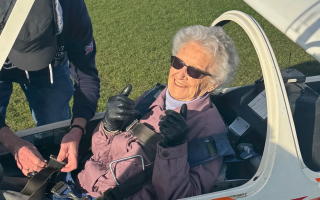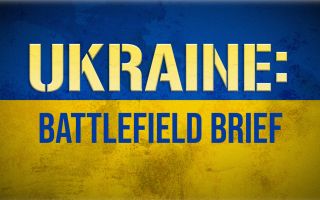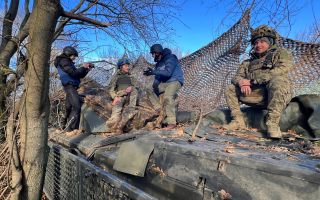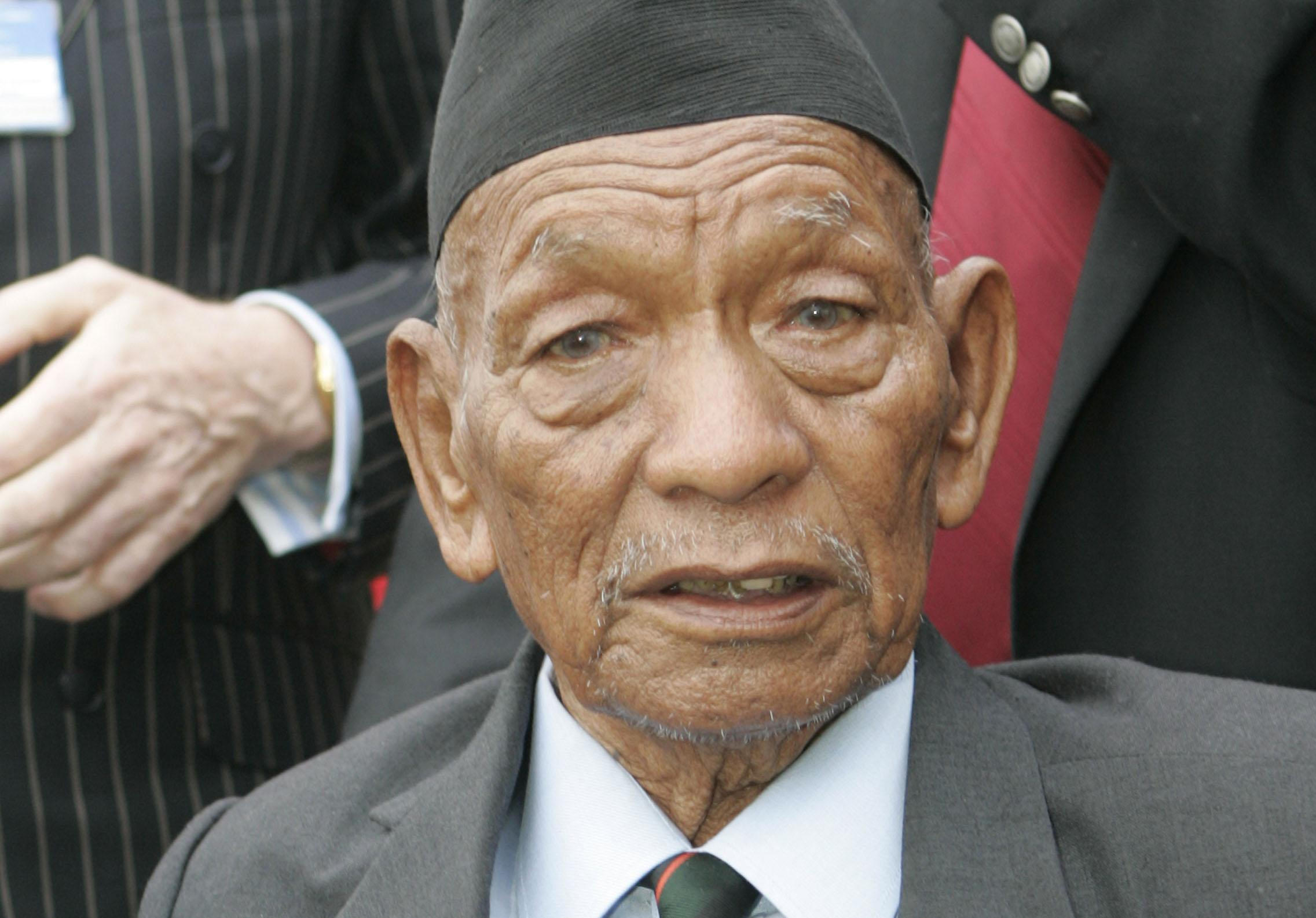
How A Gurkha Took On Eight Enemy Soldiers Alone – And Won

Gurkha hero Tul Bahadur Pun faced what seemed like certain death when he single-handedly charged a Japanese stronghold under heavy fire, killing three enemy soldiers and forcing five more to flee.
He then laid down supporting rounds in an act of bravery that is credited with saving untold numbers of allied lives - including that of Major James Lumley, the father of actor Joanna Lumley.
His gallantry not only earned him a Victoria Cross, a personal citation from King George VI and a legendary status in the history of the Gurkha Regiment, but also a legacy that has led to many entities being named in his honour including a memorial, a school, even a British train.
On the day itself, June 23, 1944, the 77th Indian Brigade including a battalion of Gurkhas had been ordered to take Mogaung, one of a series of Second World War engagements fought as part of the Burma Campaign against the invading forces of Imperial Japan in what had been British territory.
The Gurkha battalion was tasked with capturing a heavily-defended railway bridge, seen as a strategic stronghold, but Rifleman Pun and his comrades in B Company found themselves so pinned down under fire that any advance seemed near impossible.
Pun’s company sustained heavy losses – to the point that just him and two other comrades were left.
The Gurkha witnessed a number of his comrades gunned down during the attack on the railway bridge – which motivated him to fight back with greater ferocity.
Despite facing a hail of bullets and the fact that there were just three remaining survivors in the unit, the men lived up to their brigade’s motto, ‘Better to die than be a coward’ – by launching an attack, on their own, on a heavily-defended enemy position called the Red House.
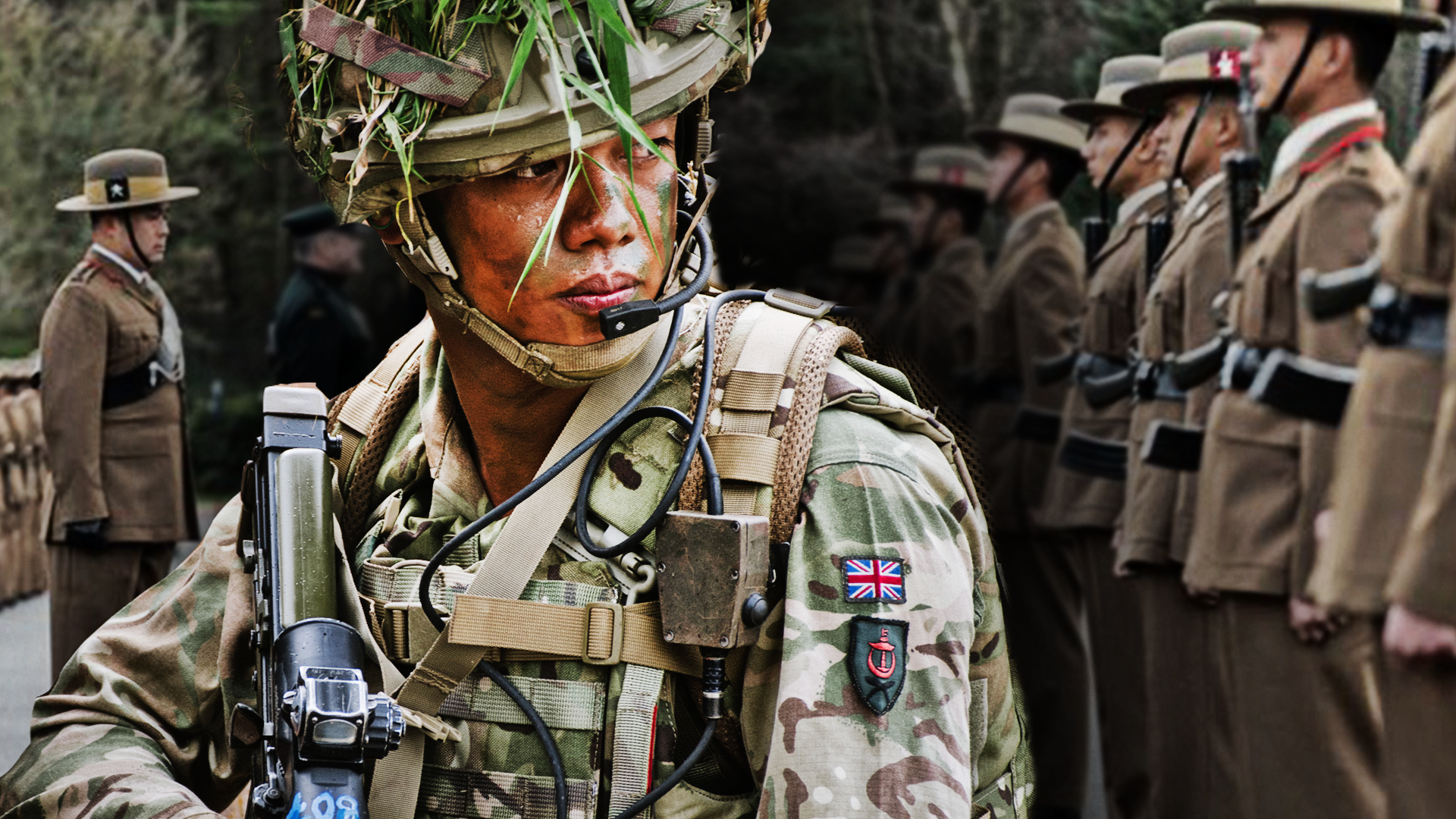
Enemy fire caught two of them, leaving them badly injured, but missed Pun and, picking up their only Bren machine gun, he charged on – firing round after round as he ran across more than 90 feet of open ground.
He dispatched two enemy soldiers as he fired his way into their position and, so fierce and determined was his attack, that the other Japanese troops in the stronghold, at least five of them, turned and fled.
Having taken the position, his bravery did not end there – he picked up two captured machine guns and lay down supporting fire to allow the rest of the soldiers in the battalion behind him to find cover – saving many of their lives including Major Lumley.
His actions not only turned around the outcome of that one battle but aided the capture of Moguang – a key turning point in the war in Burma, leading to the defeat of the Japanese at Kohima and Imphal.
This in turn led to victory in the campaign for Burma itself.
His actions were noted in a citation from King George VI, who, describing the attack on the railway bridge, said:
“The crossfire was so intense that both the leading platoons of 'B' Company, one of which was Rifleman Tulbahadur Pun's, were pinned to the ground and the whole of his Section was wiped out with the exception of himself, the Section commander and one other man.
“The Section commander immediately led the remaining two men in a charge on the Red House but was at once badly wounded. Rifleman Tulbahadur Pun and his remaining companion continued the charge, but the latter too was immediately wounded.
"Rifleman Tulbahadur Pun then seized the Bren Gun and firing from the hip as he went, continued the charge on this heavily bunkered position alone, in the face of the most shattering concentration of automatic fire, directed straight at him.
“With the dawn coming up behind him, he presented a perfect target to the Japanese. He had to move for thirty yards over open ground, ankle deep in mud, through shell holes and over fallen trees.
“Despite these overwhelming odds, he reached the Red House and closed with the Japanese occupants. He killed three and put five more to flight and captured two light machine guns and much ammunition. He then gave accurate supporting fire from the bunker to the remainder of his platoon which enabled them to reach their objective.”
The King added: “His outstanding courage and superb gallantry in the face of odds which meant almost certain death were most inspiring to all ranks and beyond praise.”
Rifleman Pun’s bravery, for which he was awarded the Victoria Cross - the highest and most prestigious award for valour in the British honours system – stands out in the history of a regiment that is far from short of stories of gallantry.
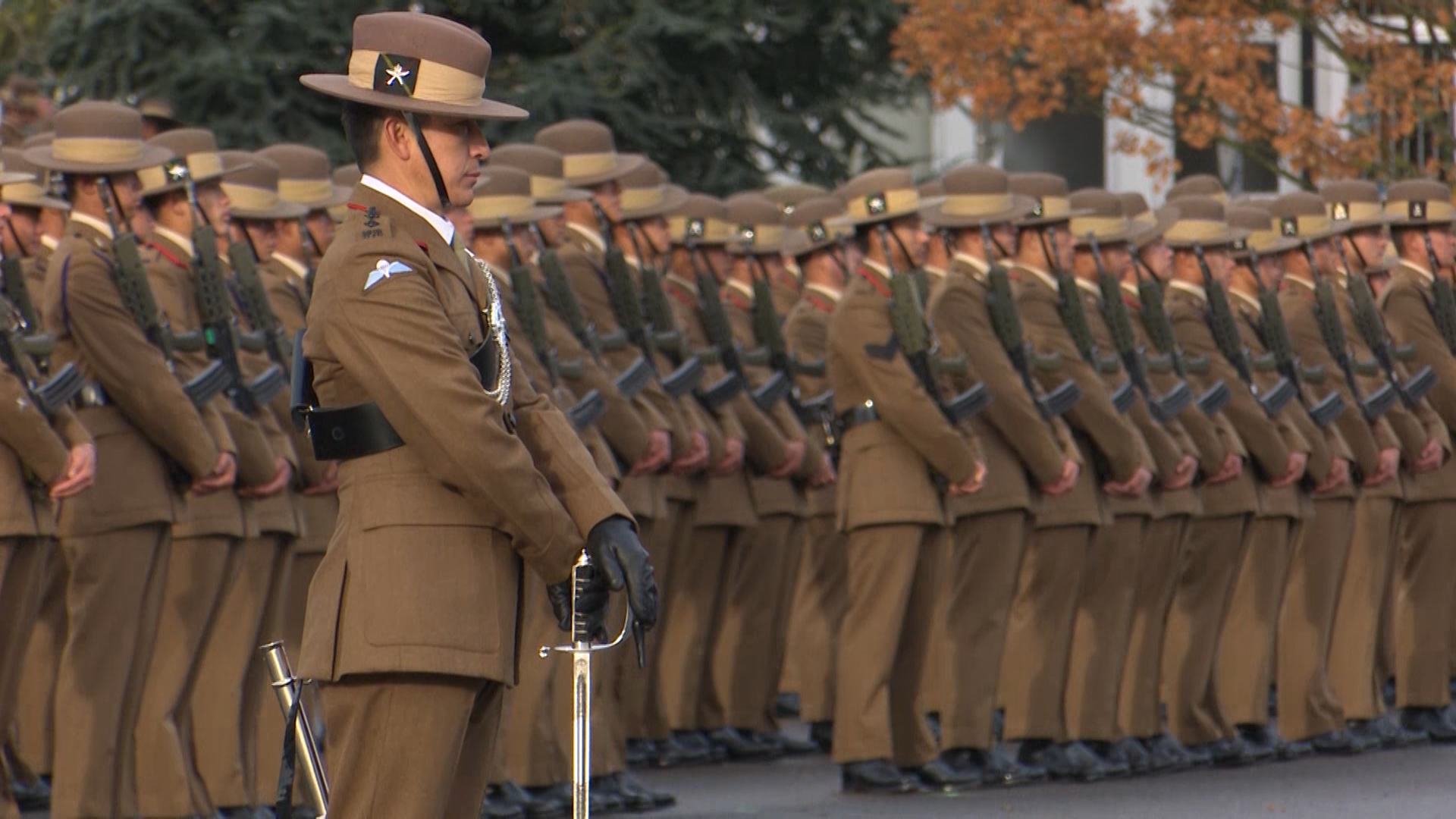
No less than 26 Victoria Cross medals have been awarded to the Gurkha Brigade which includes British officers serving with the regiment.
Pun featured prominently in the national spotlight in the UK in 2007, as he became a key figure in Joanna Lumley’s campaign to allow all Gurkhas who had served with the British Army for four or more years and retired before 1997, to settle in Britain.
He himself had been refused permission to settle in Britain, at a time when he was suffering ill health, but that decision had been overturned following protests and he later settled in London until his death in 2011.
Community features that now bare his name include a school in Nepal, a memorial inscription on an arched memorial stand at the Memorial Gates at Constitution Hill in London, and now, a train, among others.
In June, 2021, Great Western Railway (GWR) named one of its trains after him as part of a tribute to several “remarkable individuals” involved in World War Two to mark the 75th anniversary of the end of the conflict, last year.
Ms Lumley, a Vice Patron of The Gurkha Welfare Trust, spoke fondly of the moment she first met Tul Bahadur Pun as the name of the new train was unveiled, adding:
“I believe we all owe brave veterans like this an immense debt of gratitude – for going above and beyond the call of duty to protect our freedom.
"That is why The Gurkha Welfare Trust will always be a charity immensely close to my heart, allowing me, allowing us all, the chance to give something back and to help these brave men and their widows live in the dignity they so richly deserve.”




